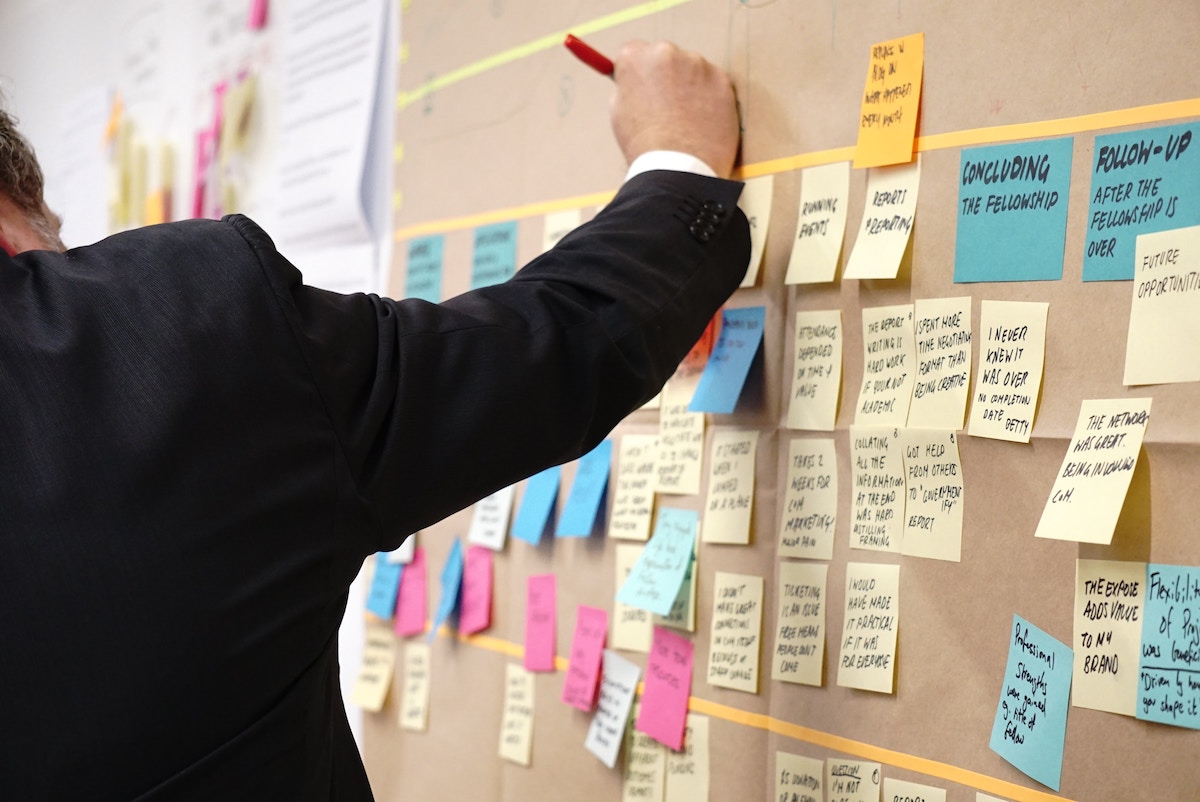In this time of rapid change, it can be daunting to think about radically changing your business in response to the never-ending possibilities, opportunities and challenges that can result from technological, economic, industry or market-driven shifts.
It’s important for leaders to stay agile and constantly evolve to meet changing market needs. Your goal must always be to keep abreast of the ever-transforming landscape in which your business operates, grasping a clear picture of the future while allowing the flexibility and agility to innovate and respond to future needs.
Business leaders don’t achieve large-scale change through process improvement. They achieve it by having an aerial, uninterrupted and holistic view of their entire business terrain. While this may not be an earth-shattering revelation, where we stumble is in its routine execution, sometimes thinking it too simple or not sophisticated enough.
Underpinned by the latest technology, best-practice tried-and-tested management methods remain as critical for modern business leadership as ever.
When you step back and ‘aerial map’ your business from end to end, side to side, bottom up and top down, you are better positioned to get a detailed view of all the hills and valleys that make up the terrain.
The method of enterprise aerial mapping can be a best friend to a business leader embarking on a journey of change. It maps out the work to be done, the value created by everyone (good and bad), and explores interfaces between processes, functions and people.
When you look at your business through this aerial lens, structure becomes irrelevant and you see it for the actual way your work gets done. It then gives a clear view of how you manage your business – your customer and supplier touchpoints, any regulatory issues, the tools and technologies you use and how these work with the rest of the business, as well as how communication flows and how decisions are made. Essentially, it allows you to see the bright spots to leverage, and exactly what needs to change.
Your aerial map becomes the starting point to execute any project, as it can be used to make better-informed decisions and determine what is required to meet the future vision of the business. While leadership and technology are key to executing on that vision, the core component is how you empower your people – how you crowdsource ideas from your people within the business and bring those ideas to life. It’s an employee engagement exercise that creates a competitive advantage.
Consider these four key things when preparing for the change journey:
-
Give people a clear direction so they can do the detailed planning without you.
As soon as people know where you are headed, they need to be involved in mapping out the journey. Your people will know the best way to get from point A to point B, and what might happen along the way. Let their voices be heard so that they can collaborate, and so your business can harness their knowledge. This gets people involved immediately and allows them a first-hand view of what they need to do, because it started with them.
-
Get the dashboard right from the beginning.
People need to know how the journey is being measured, and how far they are from the destination. Dashboards need to monitor two key things: the day-to-day results (how much fuel we have used today) and the outcome (how close we are to the final destination). These should all be available in real-time. In a world with so much information, it’s also important to make sure the data you’re using is right – informative and detailed enough to drive better decision-making to the front line, while avoiding any distractions and irrelevancies.
Too much information can be overwhelming and even cause collisions; with too little, you may unintentionally deviate from the correct path. A dashboard powered by the right information will result in an organisation having a clear idea of day-to-day results as well as the big-picture, final destination outcomes.
-
Interpret the dashboards to inform your decisions.
Know what needs to change and determine what to correct along the way. Problem-solving and decision-making are critical, as is problem identification. Your dashboards help you and your people to put your problem identification skills to use and to determine issues in real time, while your problem-solving skills enable you to make better decisions based on what the dashboards are telling you. Problem identification and solving are two critical thinking skills for people making the transformation journey. Knowing when to course-correct by way of changing routes or increasing speed are all part of the journey.
-
Remember, it’s a team sport.
Journeys are usually more enjoyable with other people, when you’re traveling as a team. Your co-drivers, navigators, and even your passengers each have a role to play – whether stocking the vehicle with essential supplies or providing motivation when the road ahead seems endless. Together, you get there faster and more safely. Collaboration, co-operation, co-ordination and communication – collectively, these ensure you arrive at your final destination safely and on time.
Tried and tested management techniques are still as relevant as ever in this tech-savvy, data-driven era of rapid change. Business leaders embarking on journeys of transformation should empower people with the clarity of direction, so they can plan the best path to change. Having a dashboard that monitors day-to-day and big picture results makes use of information the business has – to drive better decisions and evaluate the effectiveness of decision-making, not to mention the ability to see how the total team is making the journey. Business transformation is not a solo expedition.







